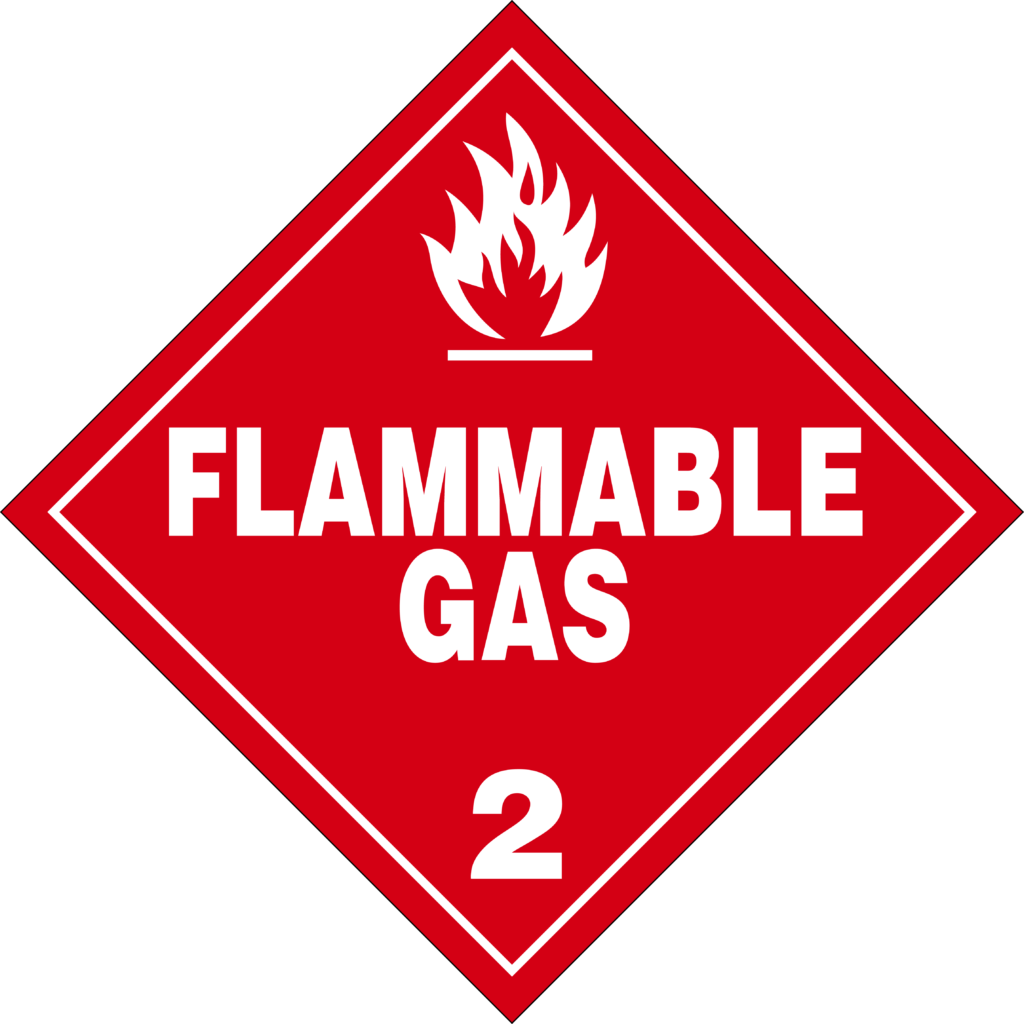US EPA Approves HC Refrigerants
- PostedPublished 10 April 2015
The United States Environmental Protection Agency (EPA) has approved hydrocarbon refrigerants R170 (ethane), R600a (isobutane), R290 (propane) and R441A (a blend of all four) for use in certain stationary refrigeration and air conditioning applications.
The EPA has not changed its position on the use of hydrocarbon refrigerants in motor vehicle air conditioning (MVAC) systems, with the only low Global Warming Potential (GWP) alternatives to R134a permitted being R-152a, R-1234yf and R-744.
‘Two of these refrigerants are flammable, although less flammable than hydrocarbons … all other flammable substitutes remain unacceptable for use in MVAC because EPA has not taken action to specifically list them as acceptable, subject to use conditions,’ it says.

Behind this stance on hydrocarbons in automotive are ‘flammability risks and the lack of sufficient risk assessment and other relevant information to demonstrate safe use … some of these risks are unique to motor vehicles’.
In approving the four hydrocarbons for certain stationary equipment, the EPA also makes it clear that ‘refrigerants may be used only in new equipment designed specifically and clearly identified for the refrigerant – i.e., none of these substitutes may be used as a conversion or ‘retrofit’ refrigerant for existing equipment’.
For all cases in which hydrocarbons are allowed, the charge sizes are limited, for example 150g in retail food refrigeration and vending machines, or 57g for domestic fridges, freezers and fridge-freezers.
Only window-mounted, packaged terminal and portable air conditioning and heat pump equipment is approved for use with hydrocarbons, with charge amounts calculated on the size of the room for which it will be used and restrictions on how far the evaporator can be above floor level.
The EPA restricted hydrocarbons to these equipment types because ‘self-contained air conditioners and heat pumps using a flammable refrigerant have lower risk for fire than split systems using a flammable refrigerant … split system AC systems present different technical challenges than self-contained room AC equipment and are not part of this decision.’
Under EPA rules all equipment using hydrocarbons must have all parts through which refrigerant passes marked red.
‘This colour must be present at all service ports and other parts of the system where service puncturing or other actions creating an opening from the refrigerant circuit to the atmosphere might be expected and must extend a minimum of one inch in both directions from such locations,’ it says.
Equipment must also carry five permanent warning labels, each with lettering at least 6.4 mm high:
• DANGER—Risk of Fire or Explosion. Flammable Refrigerant Used. Do Not Use Mechanical Devices To Defrost Refrigerator. Do Not Puncture Refrigerant Tubing. (On or near any evaporators that can be contacted by the consumer.)
• DANGER—Risk of Fire or Explosion. Flammable Refrigerant Used. To Be Repaired Only By Trained Service Personnel. Do Not Puncture Refrigerant Tubing. (Located near the machine compartment.)
• DANGER—Risk of Fire or Explosion. Flammable Refrigerant Used. Consult Repair Manual/Owner’s Guide Before Attempting To Service This Product. All Safety Precautions Must be Followed. (Located near the machine compartment.)
• DANGER—Risk of Fire or Explosion. Dispose of Properly In Accordance With Federal Or Local Regulations. Flammable Refrigerant Used. (On the exterior of the refrigeration equipment.)
• CAUTION—Risk of Fire or Explosion Due To Puncture Of Refrigerant Tubing. Follow Handling Instructions Carefully. Flammable Refrigerant Used. (Near all exposed refrigerant tubing.)
A prohibition on the venting, release, or disposal of all four hydrocarbon refrigerants has been lifted as they are not considered a threat to the environment.
- CategoriesIn SightGlass
- TagsHydrocarbon refrigerants, SightGlass News Issue 1

